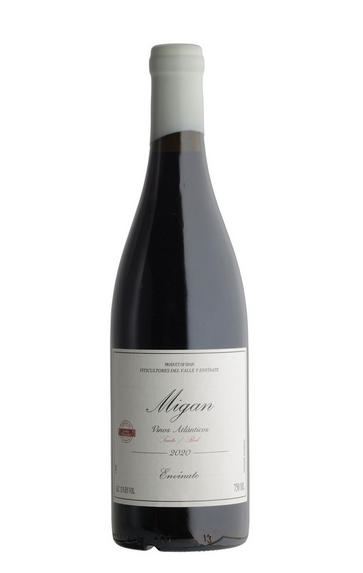
2020 Migan, Envínate, Tenerife, Spain
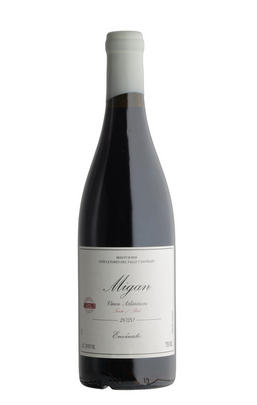
Critics reviews
The 2020 Migan is a red from La Orotava and was produced with Listán Negro grapes from the village of La Perdoma, whose ancient name was Migan. It comes from four plots—Montijo (40% of the grapes), Tío Luis (30%), La Habanera (20%) and Las Suertes (10%)—on red volcanic soils and at different altitudes, between 350 and 600 meters above sea level, where altitude defines the character of the plot.
In 2020, they didn’t use the San Antonio vineyard used in previous vintages; Montijo has replaced it. 2020 was an early harvest, and the grapes fermented by plot, always with indigenous yeasts, and 70% of the wine matured in neutral 500- and 600-litre oak barrels, while the wine from Tío Luis matured in concrete.
The change in vineyards (they abandoned the one with more clay at lower altitudes and increased at higher altitudes with less clay) has given the wine an extra kick. These wines reward time in bottle and need at least one year. Right now, this feels a little closed and tight, but it has excellent freshness and finer tannins and, in the long run, should make a better wine than the 2019.
11,500 bottles and 300 magnums were produced. It was bottled in December 2021.
Drink 2023 - 2028
Luis Gutiérrez, Wine Advocate (February 2022)
Wow, this is so good! Lots of white pepper, minerals, agave, wild red berries, and cherries on the nose follow through to a tight but polished palate with refined tannins and juicy red fruit.
Silky, saline and taut with lots of focus! Beautiful, reductive brightness in the finish. Really subtle, long and effortless. Mainly Listan Negro from 100 to 130-year-old vines.
Drink or hold
James Suckling, JamesSuckling.com (November 2022)
Pinot is the initial point of reference for this high-toned, light-bodied, racy, infused Listân Negro red; Etna, too, of course, the winemaking kinship between these two islands going beyond the volcanic soils. But this has a thrilling electric charge and haunting herbal notes, adding interest and shade to the pure, compulsively drinkable pomegranate and rosehip.
Drink 2022 - 2035
David Williams, Decanter.com (December 2022)
About this WINE
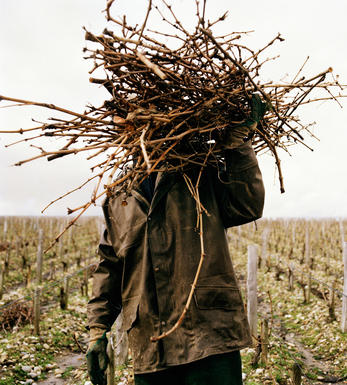
Envínate
Envínate, a name that translates to "wine yourself" in Spanish, perfectly encapsulates the philosophy of this producer. With a profound commitment to minimal intervention winemaking, the producer allows the grapes and terroir to express themselves naturally.
The winery was founded in 2005 by four friends: Roberto Santana, Alfonso Torrente, Laura Ramos, and José Ángel Martínez. They share a passion for crafting wines that showcase the unique characteristics of each vineyard they work with.
Envínate is known for seeking out old, low-yielding vineyards in various regions across Spain, such as the Canary Islands, Ribeira Sacra, Ribeiro, and Almansa. These vineyards often have vines that are several decades or even centuries old. They aim to produce authentic and expressive wines that capture the essence of the land and climate they are grown by focusing on indigenous grape varieties and traditional winemaking techniques.
Their winemaking approach emphasizes minimal intervention in both the vineyard and the cellar. They practice organic and biodynamic farming, working closely with local grape growers to ensure sustainable and respectful practices. In the cellar, they use wild yeast fermentation, low levels of sulfur, and avoid heavy filtration or clarification to preserve the wines’ natural characteristics.
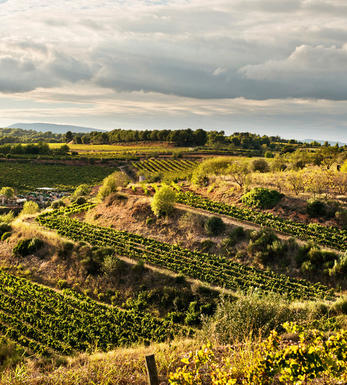
Spain
For so long, Spain was regarded as a source of inexpensive red wine with only Rioja standing above the parapet. Now there is a plethora of interesting wines in many different styles.
Exciting fresh whites, especially from the Albariño in the Rías Baixas and Verdejo in Rueda, – not forgetting Viura in Rioja - have extended the choice. There have also been interesting developments in that most classical of all wine regions, Jerez - the home of sherry - not so much in modernisation of production, but in developing small-scale bottlings of the highest quality Sherry at remarkably affordable prices.
Modern techniques and a new appreciation of what might be possible have encouraged pioneers to produce some startlingly attractive reds. There are now some thoroughly competent wines from La Mancha, and striking bottlings of Monastrell (known elsewhere as Mataró or Mourvèdre) in Jumilla.
Thankfully, the modernisation of the pedestrian has not held back successful traditional styles of wine. Alongside such modernists as Palacios Remondo and Allende in Rioja, long established houses like La Rioja Alta and CVNE continue to make graceful, old-style wines contingent upon several years’ barrel-ageing before further maturation in bottle. These Reserva and Gran Reserva wines have the gentle fragrance of well-seasoned fruit in partnership with a dash of vanilla oak. There are also subtle differences between regions of Rioja and in the precise makeup of the grape mix, with Garnacha and Mazuelo supporting the dominant Tempranillo.
The only challenger to Rioja's claim to red wine supremacy is the Ribera del Duero, where the same red grape, Tempranillo, defines the wines, though known here as Tinto Fino. Most magisterial of all producers is Vega Sicilia whose Unico wines are not released onto the market before a minimum of 10 years - including at least seven years of barrel ageing.
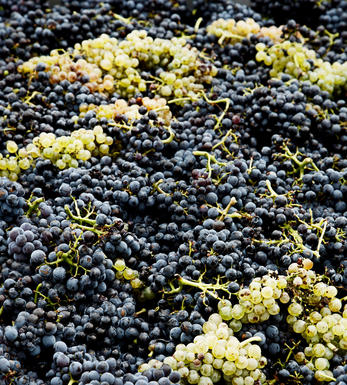
Other Varieties
There are over 200 different grape varieties used in modern wine making (from a total of over 1000). Most lesser known blends and varieties are traditional to specific parts of the world.


Buying options
Add to wishlist
Description
The 2020 Migan is a red from La Orotava and was produced with Listán Negro grapes from the village of La Perdoma, whose ancient name was Migan. It comes from four plots—Montijo (40% of the grapes), Tío Luis (30%), La Habanera (20%) and Las Suertes (10%)—on red volcanic soils and at different altitudes, between 350 and 600 meters above sea level, where altitude defines the character of the plot.
In 2020, they didn’t use the San Antonio vineyard used in previous vintages; Montijo has replaced it. 2020 was an early harvest, and the grapes fermented by plot, always with indigenous yeasts, and 70% of the wine matured in neutral 500- and 600-litre oak barrels, while the wine from Tío Luis matured in concrete.
The change in vineyards (they abandoned the one with more clay at lower altitudes and increased at higher altitudes with less clay) has given the wine an extra kick. These wines reward time in bottle and need at least one year. Right now, this feels a little closed and tight, but it has excellent freshness and finer tannins and, in the long run, should make a better wine than the 2019.
11,500 bottles and 300 magnums were produced. It was bottled in December 2021.
Drink 2023 - 2028
Luis Gutiérrez, Wine Advocate (February 2022)
wine at a glance
Delivery and quality guarantee